After the dust settled from Apple's annual iPhone event, there's not a lot to get hyped up about the iPhone 13 lineup, particularly if you upgraded your smartphone last year.
Sure, the iPhone 13, along with the premium Pro and Pro Max and the pint-sized Mini variants, get spec bumps in areas like cameras, storage, silicon, display refresh rate and brightness, and battery capacity, but the latest generation devices are difficult to distinguish from their predecessors.
There are no new hardware features, while the iPhone 12 series debuted MagSafe compatibility for accessories and wireless charging and a LiDAR sensor on the Pro series. For the iPhone 13 and its Mini variant, there's actually one less color option!
Apple doesn't use the "S" suffix with its iPhone naming convention anymore, but the iPhone 13 series definitely feels like it should be called iPhone 12S.
However, there is one new camera feature, when paired with a bump in hardware specs and codec support on the Pro models, that shows Apple is serious about setting up the iPhone for success among video creators.

Making Cinematic Masterpieces
The standout new feature for the iPhone 13 series is Cinematic mode, which gives aspiring filmmakers the ability to automatically shift focus and add depth effects (bokeh) while recording video in 1080p at 30 frames per second.
Cinematic mode works in post as well. Well after yelling "cut," users can tweak blur levels via the Photos app as well as the iMovie app from the App Store. Upon the arrival of macOS Monterey, future updates of the desktop version of iMovie as well as Final Cut Pro will also support bokeh editing of Cinematic mode videos.

Running the new A15 Bionic chip, the iPhone 13 series is the lone domain for Cinematic mode. Refreshingly, it's not limited to the Pro models, either.
Will iPhone 13 replace the Red and Arri Alexa on Hollywood sets? Not a chance, particularly with that 1080p limitation. But iPhone 13 is suddenly compelling among entry-level and intermediate video makers given its ability to cut corners in the science of cinematography.
Going Pro Has Its Advantages
While Cinematic mode is available on every model in the iPhone 13 series, the Pro models, as expected, come with some additional perks in the video realm.
Just like its predecessors, the Pro models pack a Telephoto camera in addition to the standard Wide and Ultra Wide cameras, but the Telephoto gets a bump to 6x optical zoom range. Its cameras also get an aperture bump across the board, improving performance in less-than-optimal lighting.

The Pro models also support the ProRes codec for video recording up to 4K at 30 fps, though devices with the minimum 128GB capacity are hobbled at 1080p at 30 fps. ProRes is a preferred format for video editing, particularly in broadcast-quality video and feature films. This in and of itself could be a game-changer, making video recorded on an iPhone 13 Pro ready for editing on industry-standard platforms, such as Adobe Premier Pro.
Battery & Storage Capacity
If you're going to shoot a lot of video, you're going to need a lot of storage. The iPhone 13 series pairs its Cinematic mode with considerable bumps in storage across the board. The iPhone 13 and its mini variant now max out at 512 GB. Now, those who choose the iPhone 13 Pro series can opt for a whopping 1 TB of storage.
Likewise, all of that screen-on time and video playback will drink up the juice of your battery. The iPhone 13 gets a considerable boost across the board in video life. The biggest jump comes with the iPhone 13 Max, which claims 28 hours of video playback time, an eight-hour increase over its predecessor.



Wither LiDAR?
After introducing the LiDAR sensors for fast and accurate depth sensing with last year's iPad Pro and iPhone Pro models, there was nary a mention of LiDAR in the iPhone 13 Pro announcement from Apple. At first, it seemed like the sensor was omitted from the new generation. Alas, the iPhone comparison tool on Apple's website shows that both the iPhone 13 Pro and Pro Max have a LiDAR sensor.
Adoption of LiDAR among app developers has been relatively sparse, limited mostly to 3D scanning and a few AR apps, where LiDAR facilitates more immersive experiences. So, it's not entirely surprising that LiDAR's role in the event was reduced.
However, with its reported inclusion in Apple's long-awaited AR wearable, LiDAR in iPad Pro and iPhone Pro models serves mostly as a developer preview of what's to come.

How to Order
The iPhone 13 models will be available on Sept. 24, with preorders opening up on Sept. 17 at 5am Pacific via the Apple Store. Base models come with 128GB storage and escalate in price based on storage configuration.
- iPhone 13 mini starts at $699
- iPhone 13 starts at $799
- iPhone 13 Pro starts at $999
- iPhone 13 Pro Max starts at $1,099
Closing Thoughts
Apple's marketing machine has driven home the capacity of its computing products to open up creative possibilities for its users. The latest generation iPads have features that cater to graphic designers and illustrators. The forthcoming macOS Monterrey extends the complex art of capturing 3D models of real-world objects to anyone with a MacBook or iMac.
With Cinematic mode, Apple has put out the call for video-makers to shoot with an iPhone 13.
Just updated your iPhone? You'll find new emoji, enhanced security, podcast transcripts, Apple Cash virtual numbers, and other useful features. There are even new additions hidden within Safari. Find out what's new and changed on your iPhone with the iOS 17.4 update.
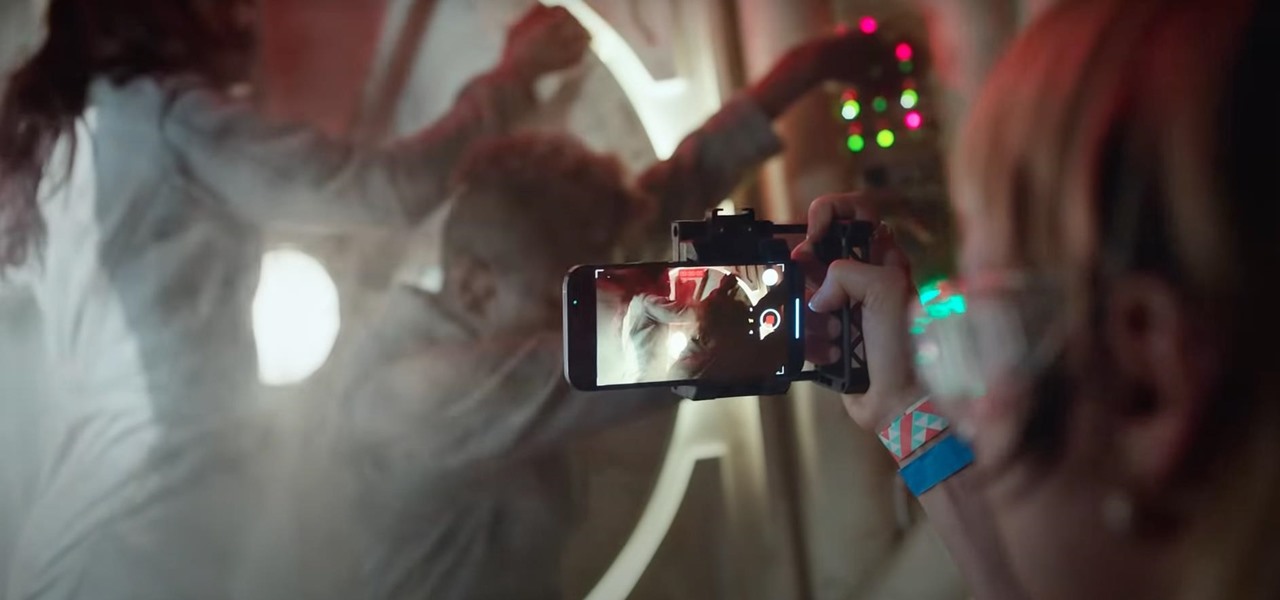


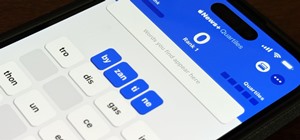







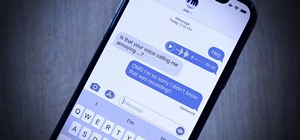


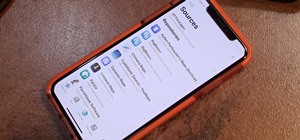

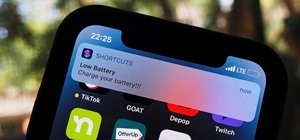

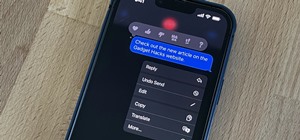


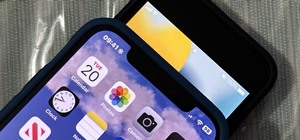
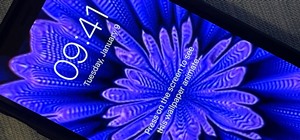
Be the First to Comment
Share Your Thoughts